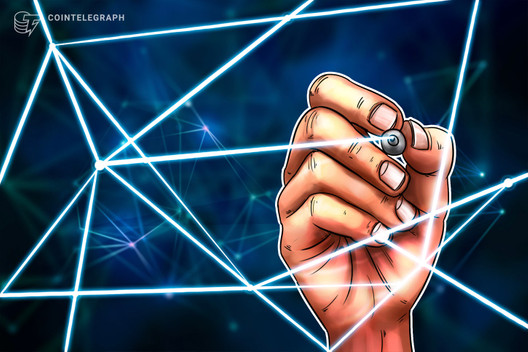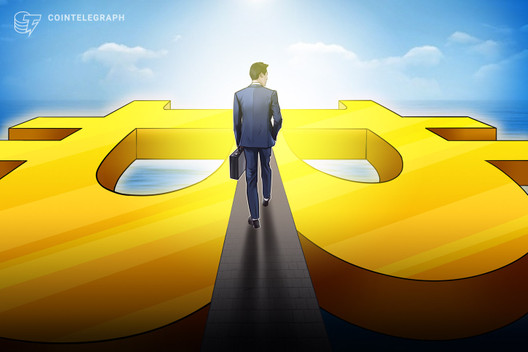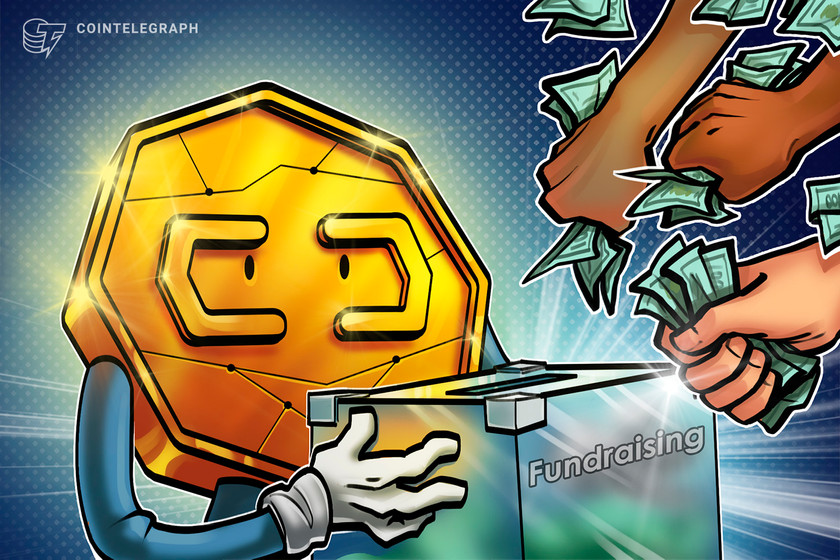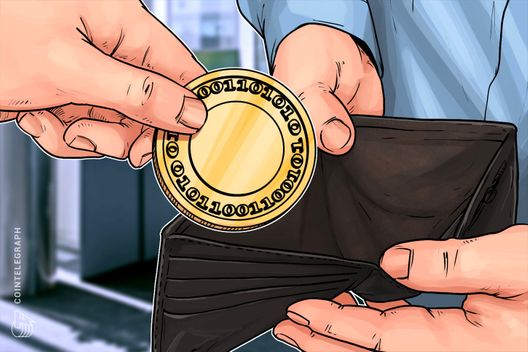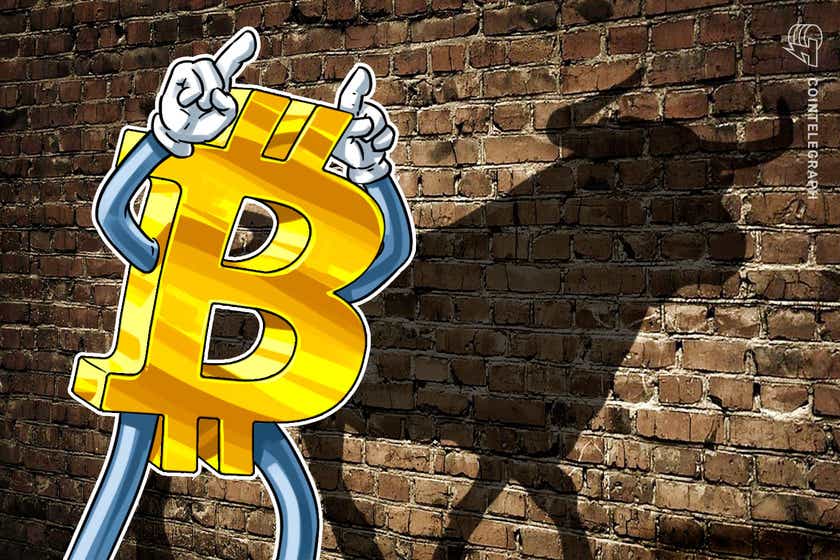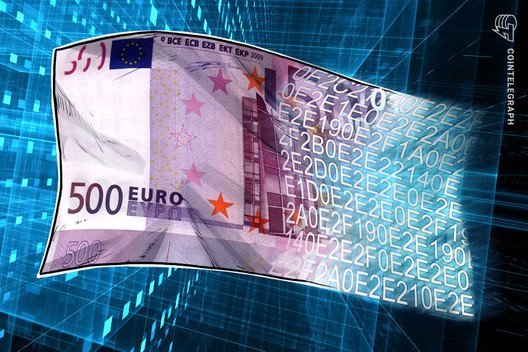BTC Annual Inflation Rate Almost 50% of World Average After Halving
Crypto analyst Mati Greenspan noted the annual inflation rate of Bitcoin would fall from 3.65% to 1.8% once the halving happens in May.
1432 Total views
38 Total shares

Once the Bitcoin rewards halving goes through on May 12, the annual inflation rate of the cryptocurrency will be about half of the global average.
As crypto analyst Mati Greenspan noted on Twitter on April 26, the annual inflation of Bitcoin (BTC) will fall from 3.65% at the time of press to 1.8% once the halving happens in 15 days. The global annual inflation rate for 2019 was 3.41%, and is approximately 3.56% so far for 2020.
In just 15 days, the annual inflation of #bitcoin will go from 3.65% to just 1.8%… approximately half of the global annual inflation rate.
At this point, adoption doesn’t even need to grow to sustain the price anymore. Satoshi either knew what he was doing or got really lucky. pic.twitter.com/ml1eXZFrO4
— Mati Greenspan (tweets are not trading advice) (@MatiGreenspan) April 26, 2020
Though many have pointed out a low inflation rate would not necessarily cause new buyers to flock to BTC, the fact remains that once the halving happens in two weeks, the cryptocurrency will have a rate both lower than the global average and that of gold — approximately 2.5% at the time of press. Bitcoin has been more closely correlated with the asset following the March 13 downturn.
Hedge against inflation
As Cointelegraph has reported, Bitcoin could be used as a hedge against the type of inflation the United States might experience following the “unlimited quantitative easing” measures implemented by the government in response to the financial crisis. It already is in countries like Venezuela and Zimbabwe, whose economies are both experiencing hyperinflation.
If the world sees a surge in demand for BTC — with both a fixed supply of coins and low inflation rate following the halving — the asset might be looking more bullish in the near future.

